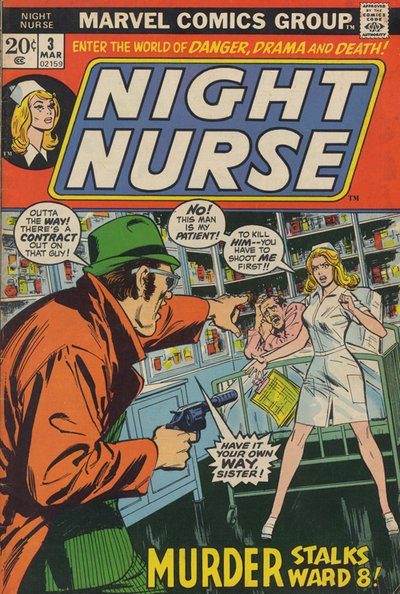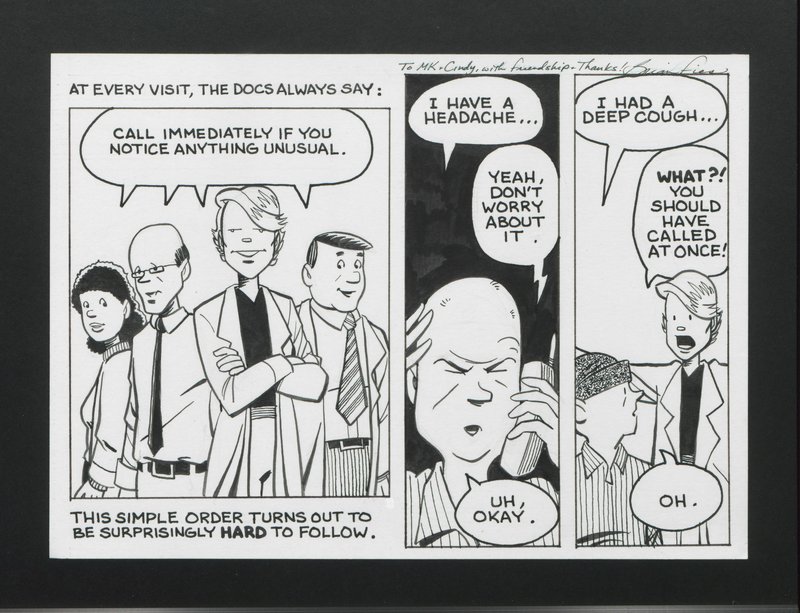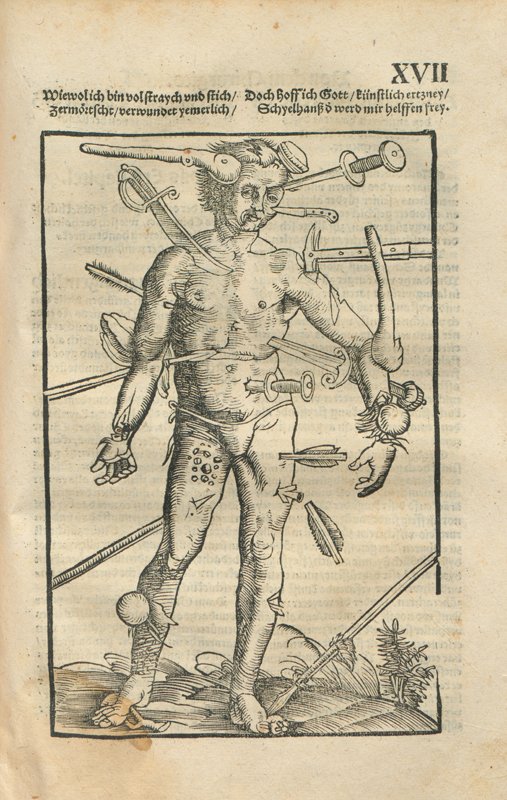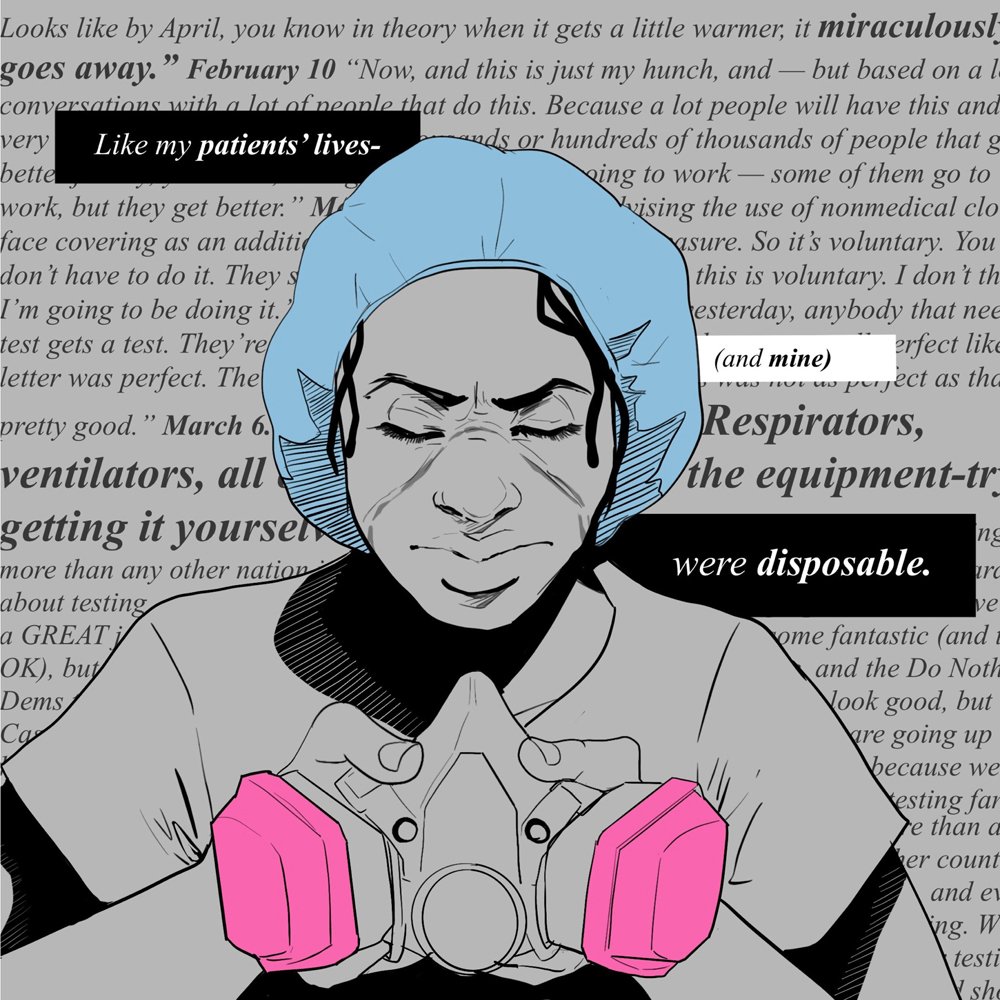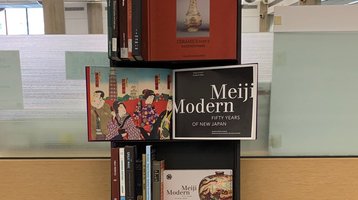[Re]Framing Graphic Medicine: Comics and the History of Medicine
Content Advisory: This exhibit contains works that some visitors may find upsetting or objectionable. Topics discussed or depicted include mental health, death, clinical interactions, medical settings, and racial, ethnic, or gender stereotyping of individuals and cultures. The curators acknowledge that this content may be difficult and encourage visitor discretion.
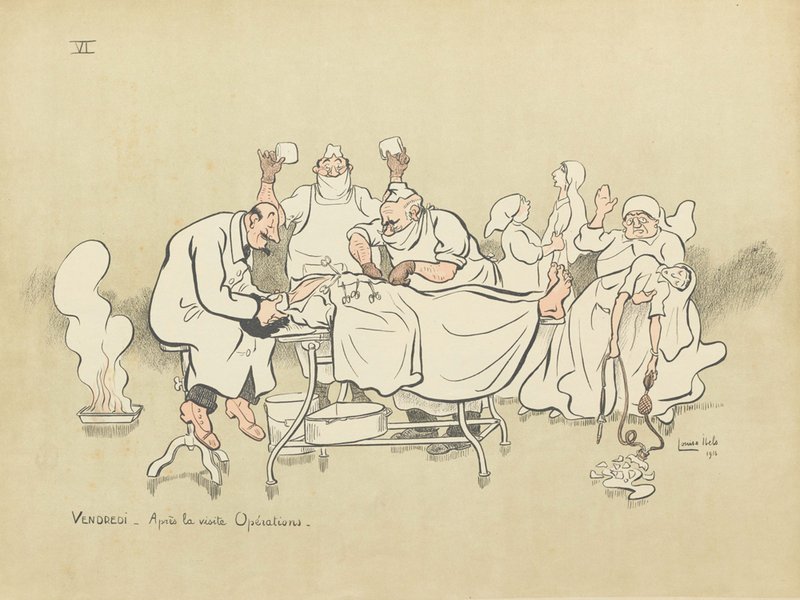
Exhibition Dates: May 9 – July 15, 2022
Exhibition Location: Special Collections Research Center Exhibition Gallery, 1100 East 57th Street, Chicago, IL 60637
The traditional history of medicine has been that of heroic doctors and their scientific and clinical breakthroughs, often accompanied by iconic images that glorify their actions and achievements. Yet, this history is incomplete.
Centered around the doctor and scientific progress, this history neglects what the historian Roy Porter calls the “sufferers’ history—medical history from below.” Furthermore, as the historian Sander Gilman notes, the writing of medical history has often ignored images. To account for these distortions and achieve a history that considers the sufferers and the social and cultural contexts in which medicine was practiced and evolved, scholars are increasingly drawing from a wider range of historical sources, including comics and cartoons.
Spanning from the origins of comics through their “golden” era to contemporary works of graphic medicine, this exhibit traces a unique visual history of the illness experience and the evolution of Western healthcare practices and, in doing so, broadens our understanding of how the history of medicine is constructed. Drawn from serialized prints, illustrated newspapers and magazines, comic books, zines, digital comics and graphic memoirs, the images of sufferers of illness, practitioners, and clinical interactions provide commentary, both critical and complementary, on medical progress and professionalization from a variety of perspectives and eras.
The exhibition reframes the history of medical images beyond the epic story of progress and “great men” and towards a broader socio-cultural history, one that draws “from below” and incorporates the overlooked medium of comics. However, it is important to note that the early historical narrative also reaffirms the traditional history of medicine by centering the clinician and is a testimony to the systems and hierarchies that contribute to health inequities and limit broad social and cultural representation in medicine and healthcare. Over the last sixty years, beginning with the rise in underground comics and zines, the content, perspective and uses of health-related comics expanded, contributing to the emergence of graphic medicine as a unifying field of inquiry and creation. Addressing topics such as environmental health, gender and sexuality, disability, health inequities, justice, and ethics and created from the sufferers’ point of view, these contemporary comics expand the narrative and iconographic scope of the history of medicine and enrich our understanding of the illness experience and present-day healthcare.
Curators
Brian Callender, MD, Associate Professor of Medicine, The University of Chicago
André G. Wenzel, Bibliographer, Literatures of Europe & the Americas, The University of Chicago Library
Assistant Curators
Steven Server, MD-PhD student, The University of Chicago
MK Czerwiec, RN, MA
Visiting the Library
The University of Chicago Library has reopened Regenstein, Mansueto, Crerar, and Eckhart libraries to visitors—including alumni, partners of UChicago users, researchers from affiliated institutions, and visiting researchers and members of the public. In order to provide broad and safe access to the Library, visitors will be asked to provide proof of COVID-19 vaccination, consistent with University policies and protocols. For more information, please visit this Access page.
Use of Images and Media Contact
Images from the exhibition included on this page are available for download to members of the media and are reserved for editorial use in connection with University of Chicago Library exhibitions, programs, or related news. For more information, contact Rachel Rosenberg at ra-rosenberg@uchicago.edu or 773-834-1519.
